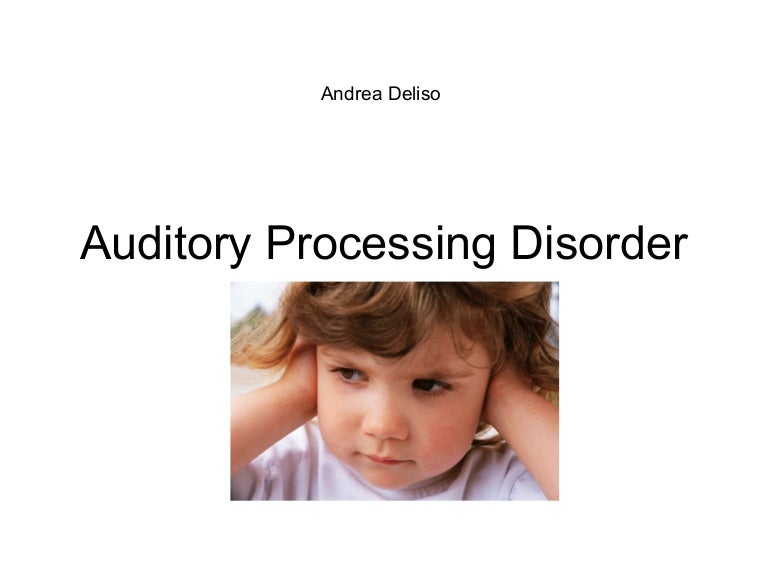

Personal FM systems, with a student wearing an earpiece and the teacher wearing a headpiece microphone, are even more effective in improving the sound-to-noise ratio and making it easier for a student not to miss anything.It consists of a microphone and transmitter worn by the teacher, which amplifies her voice and improves the sound-to-noise ratio of the listening environment. The most widely recommended modification is a sound field FM amplification system, which provides uniform amplification throughout the classroom, regardless of the position of the teacher or students.These aim to eliminate noise and distractions in learning environments while enhancing important sounds and signals. Following are some evidence-based strategies that have proved effective for kids with auditory processing issues.Ĭlassroom Modifications. For children with high-risk listening conditions such as CAPD the problem becomes even more acute.Īppropriate treatment and modifications can help improve attention skills, speech perception, eye contact, and reduce listening difficulties and listening fatigue. Classrooms often are noisy places, and children have a harder time than adults hearing speech in noisy environments. TreatmentĬhildren spend up to 60% of their day focused on listening, much of that time in school. Most assessments must be conducted by an audiologist specifically trained in CAPD and should take place in an environment that includes a soundproof booth.
PROCESSING DISORDER PROFESSIONAL
Parents should discuss with a professional audiologist the types of tests needed. The assessment for CAPD includes a complete audiological battery, a CAPD battery, a Listening Inventory, and electrophysiological measures, such as a functional MRI. Research suggests that 3% to 20% of children have CAPD and that a significant number of those children also have attention issues, such as ADHD Diagnosis (See below for a list of signs and symptoms.)Īuditory processing difficulties can have a tremendous impact on learning, from the ability to absorb content presented verbally to utilizing phonics strategies when reading and spelling. Examples include poor performance in listening tasks, understanding speech, developing language, and learning in general, all of which could be symptomatic of other learning disabilities as well. They also have problems using auditory information to communicate and learn.ĬAPD manifests itself in a number of ways, some of which look like other learning difficulties. People with CAPD have difficulty processing auditory input, especially in unfavorable listening environments. In other words, it’s what the brain does with what the ears hear.Ī Central Auditory Processing Disorder (CAPD, also referred to as Auditory Processing Disorder or APD) occurs when the central nervous system has problems processing information that comes through listening. The American Speech and Hearing Association defines Central Auditory Processing as the efficiency and effectiveness with which the central nervous system uses auditory information. Are SLD and Dyslexia the Same Diagnosis?.IEP Challenges: Smart with Behavior Issues.Find Your Child’s Strengths and Interests.Did We Make the Right Decision for Our Son with LD?.A Cautionary Tale: When Symptoms Are Misleading.The 5 Commandments for Parenting Children with LD.Dyslexia and the Foreign Language Requirement.A Parent Becomes A Practitioner for Her Child with LD.Anne Ford Shares Her Insights and Experience.Functional Behavioral Assessment: Diagnosing Behavior Problems.Interview: Ross Greene Talks About Explosive Kids.Performance Anxiety: High Schoolers Under Pressure.Oppositional Defiant Disorder: Children Learn If They Can.Living with Sensory Processing Disorder.Is This Behavior Related to ADHD or OCD?.Summer Camp Guidelines for Kids with LD & ADHD.Strategies for Raising Independent Kids.Is a Small Boarding School Right for Your Child?.10 Strategies for Managing Digital Devices.Prioritize Relationships Over Schoolwork.



 0 kommentar(er)
0 kommentar(er)
